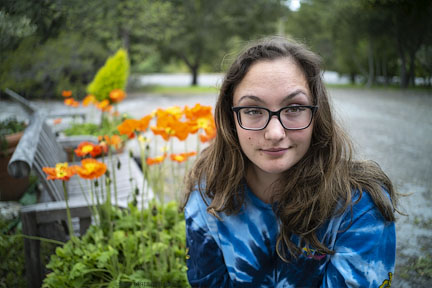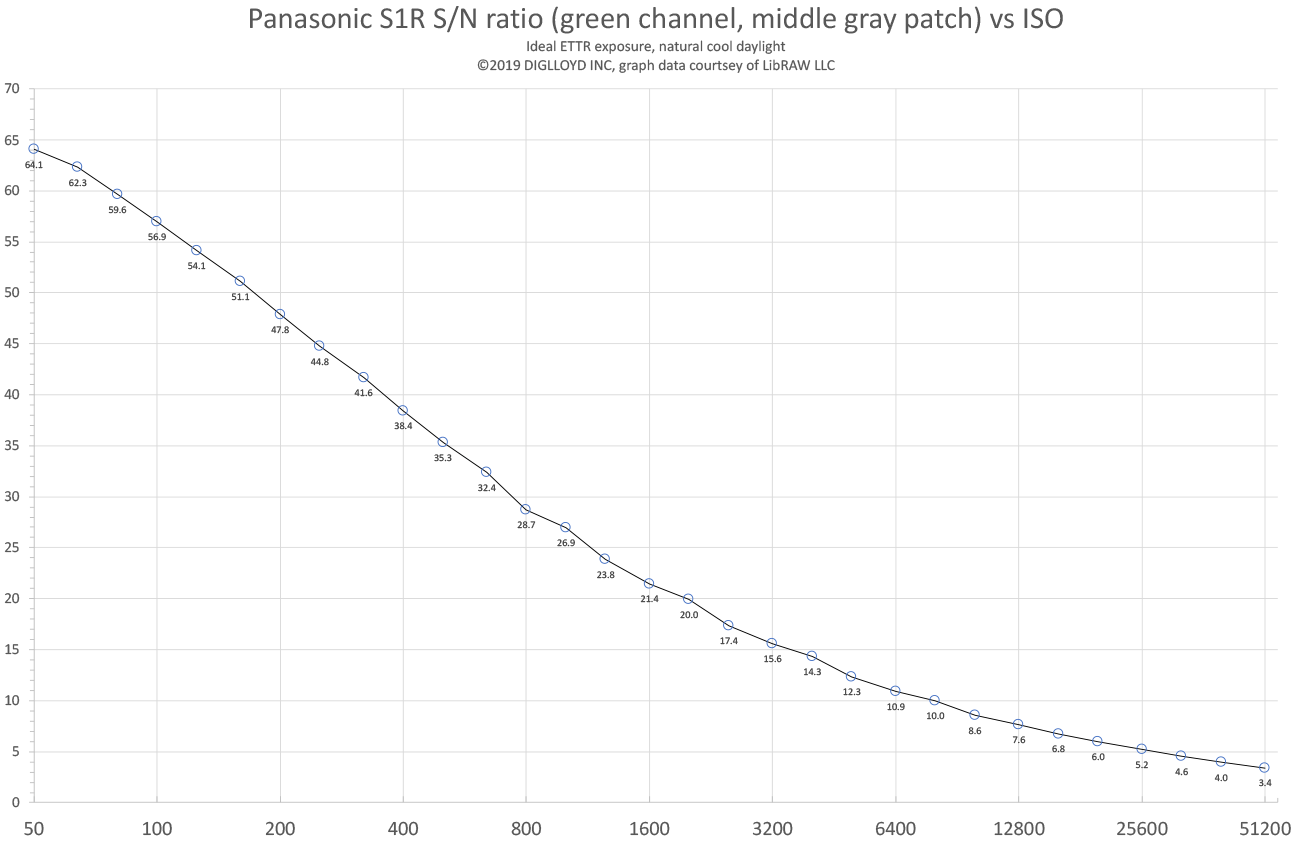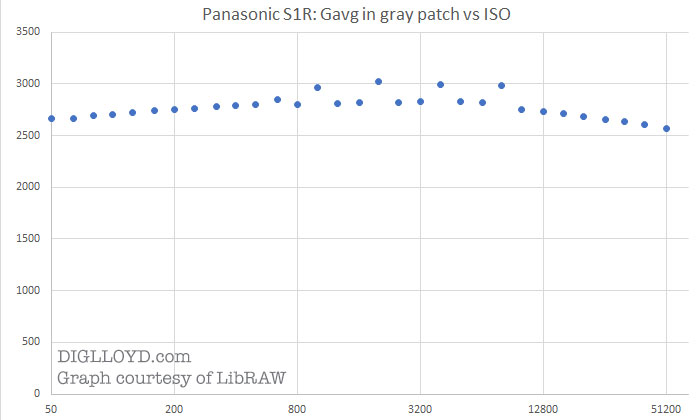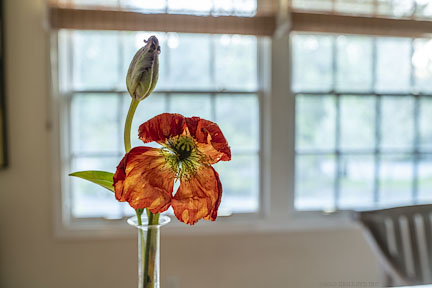Panasonic S1R: True ISO 50, not a Faux ISO — Kudos to Panasonic (UPDATED: “true ISO” is not a thing for RAW)
See my L-mount mirrorless wishlist
Update April 17: the question of ISO is quite confusing and even forbidden in the latest ISO specification. See update towards end with comments by Alex Tutubalin of RawDigger.
...
The Panasonic S1R has a real ISO 50—not a faux ISO "Lo" mode. That is established by the RawDigger analysis as well as the identical match to ISO 100 (except for lower noise).
In diglloyd L-Mount Mirrorless:
Panasonic S1R: ISO Series 50 to 51200 (Dolls)
The bonus is that the Panasonic S1R Multi-Shot High-Res mode has the noise of ISO 6.25 and that it is actually usable in the field even with motion and that image quality is improved.

I shot and provided raw files in 1/3 stop ISO from ISO 50 to 51200 to the RawDigger folks. The signal/noise analysis is shown below. ISO 50 has an SN of ~64 versus ~57 for ISO 100, showing that ISO 50 is notably superior to ISO 100 which is in turn much superior to ISO 200—which I showed directly in Poppy by Window.
Note the nice smooth curve even with these 1/3 stop ISO changes—true ISO at all settings.
Signal/noise ratio on target that had some dust—values would be somewhat higher if dust were removed and target defocused to eliminate image detail as source of “noise”.

Slight brightness variation at +1/3 ISO values at higher ISO
While shooting, I noticed a slight fluctuation at ISO values 1/3 stop higher than whole ISO, starting at ISO 800 (e.g., the exposure bumps up at ISO 1000). This was consistent as shown, is visible right in the viewfinder, all this graph below does is verify what can be seen directly. The variation is also seen the the S/N graph above.
ISOs 1000, 2000, 4000, 8000 are really ~1100, 2200.... (assuming 800 is real 800), while in-camera metering meters exposure for formal '1000, 2000,...' So, this is results in slightly better exposure (minimal overexposure) at these ISOs and so better S/N ratio.

What is “true ISO”
I asked Alex Tutubalin of Lib Raw (RawDigger) “what is true ISO?”:
To make things more complicated:
- ISO Sensitivity is defined in ISO 12232 standard
- Latest Edition of ISO 12232:2019, released this year, explicitly *forbids* ISO determination for RAW shots. It is defined only for JPEG (so shot + 'development').
So, to be completely correct, 'true ISO' means nothing for RAW.... according to standard.
Meanwhile, it is possible to use at least two measurement methods (out of three) described in standard:
- Saturation based method (because RAW saturates at some point /unless full-well limited at lowest ISO/
- Noise based method.The third method (gray point) is not directly applicable to RAWs because RAW gray point is not fixed (and vendor may vary it, to get more/less room in highlights).
However (and not standard conformant), we may assume that RAW gray point should be at 3 stops from saturation point (or 3.5 stops, it does not matter, the main thing is always the same value) and use graypoint-based ISO estimation method for RAWs.
Of course, this is not ISO-standard conformant, because standard explicitly forbids to measure 'ISO sensitivity' for RAW files.
Also, it is possible to use some 'standard RAW developer' (like D76 or D23 in film days) and measure sensitivity for sensor + developer combo. The main thing here: avoid any hidden exposure compensation if these adjustment are different for different cameras (so, Adobe tools should not be used as standard developer, because Adobe adjusts graypoint to match in-camera JPEG)
I also asked why ISO 50 values go only to about ~8900:
My guess: camera sensor is 'full well' limited at ISO setting less than 100.
That means:
- sensor pixels are not get saturated (really: values are cut) at same value for all pixels, but results in bell-like histogram in highlights.
- because all pixels are different, this results in some highlight (output) non-linearity
- so Panasonic opted to cut all output values below lowest possible pixel saturation point, to avoid such non-linearity.
This will result in less 'highlights headroom', so ETTR exposure for ISO 50...80 should be corrected for this phenomenon. Apparently Panasonic opted to cut out non-linear part of pixel(s) response, to avoid bell-like histogram at very highlights (instead of usual 'hit the wall') This nonlinearity results in pink-colored highlights, so it should be cut either in camera or in RAW developer.
So what does all this mean for practical photography?
In terms of seeking peak image quality for RAW, the ISO value is irrelevant—all that matters in terms of exposure is not blowing highlights (except speculars) while also minimizing noise. In other words, preserving the range of detail by not obliterating it by blowing highlights or by obscuring detail by noise in dark areas.
So the only useful question to ask is whether ISO 50 is superior to ISO 100 for high dynamic range scenes. That ISO 50 is best is shown decisively in Poppy by Window: equally good highlights but visibly superior noise control at ISO 50, that is, superior dynamic range.
In essence, ISO 50 on auto exposure allows exposing (almost) a stop more, which inherently increases dynamic range by creating cleaner blacks. The trick is that there is no so-called “headroom” for error as with ISO 100—but all ISO 100 is doing is cutting the exposure in half and then scaling up to larger numbers. Assuming ISO 100 and ISO 50 as shot do not blow highlights, ISO 50 always wins because more exposure means lower noise.

Panasonic S1R + Zeiss Milvus 35mm f/1.4
[low-res image for bot]























